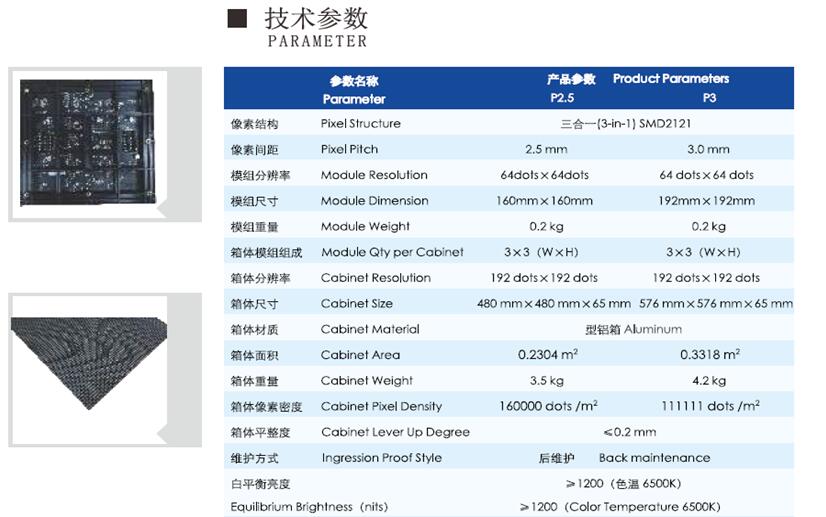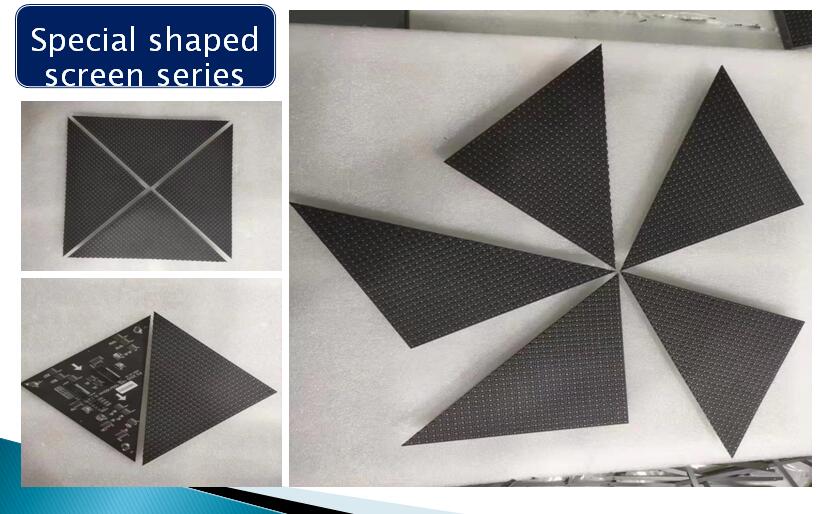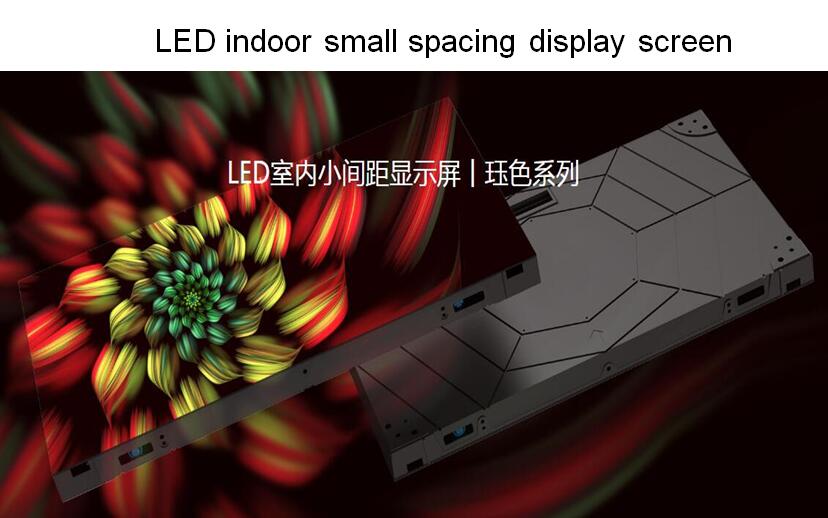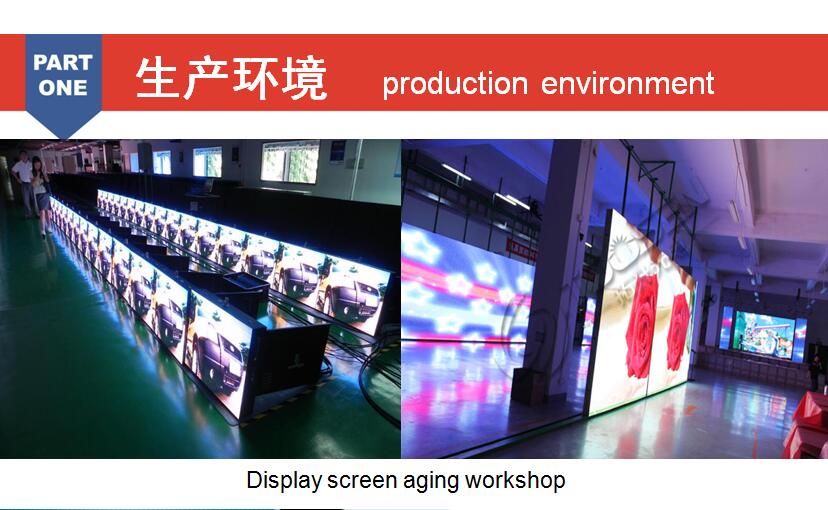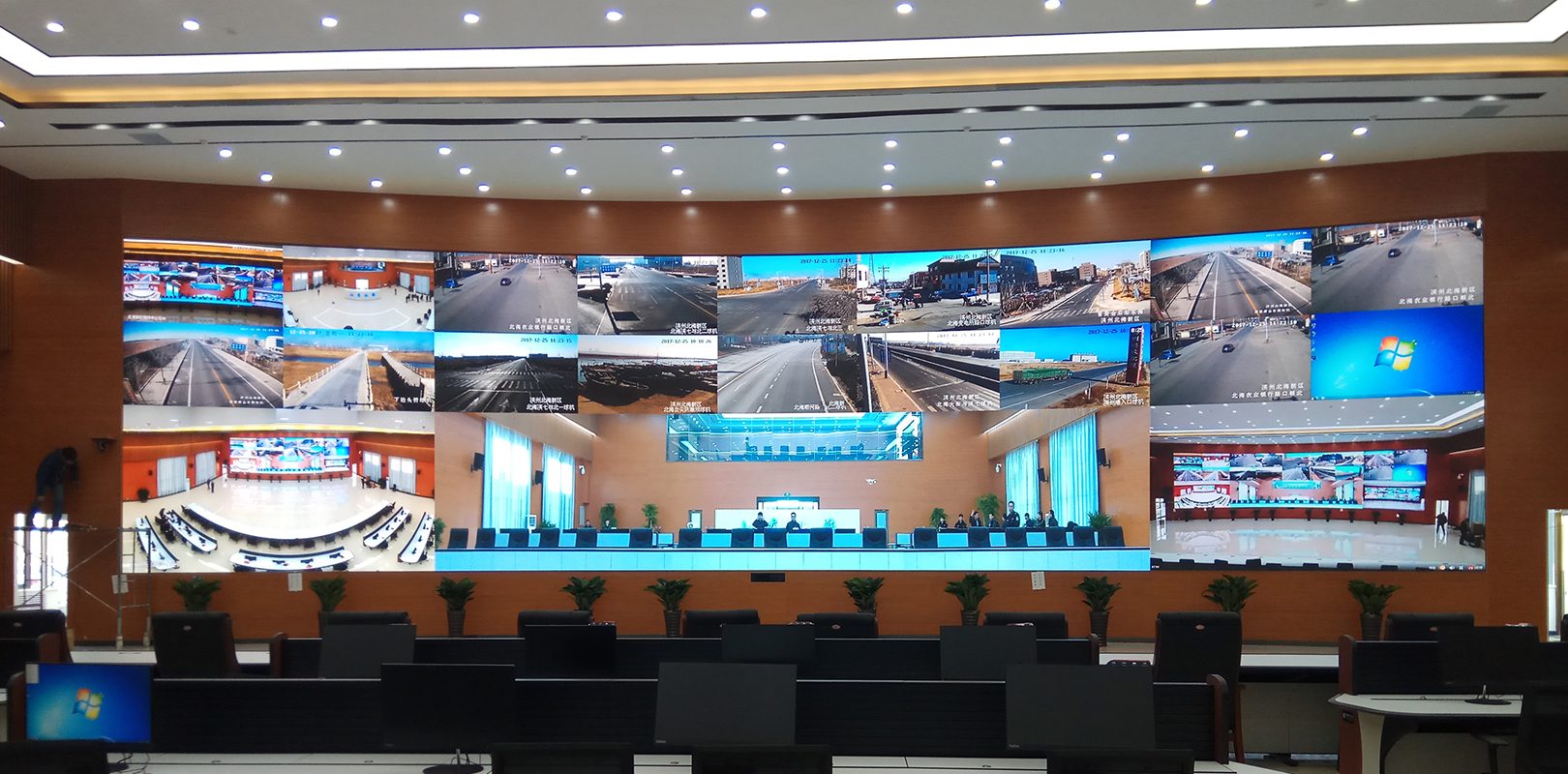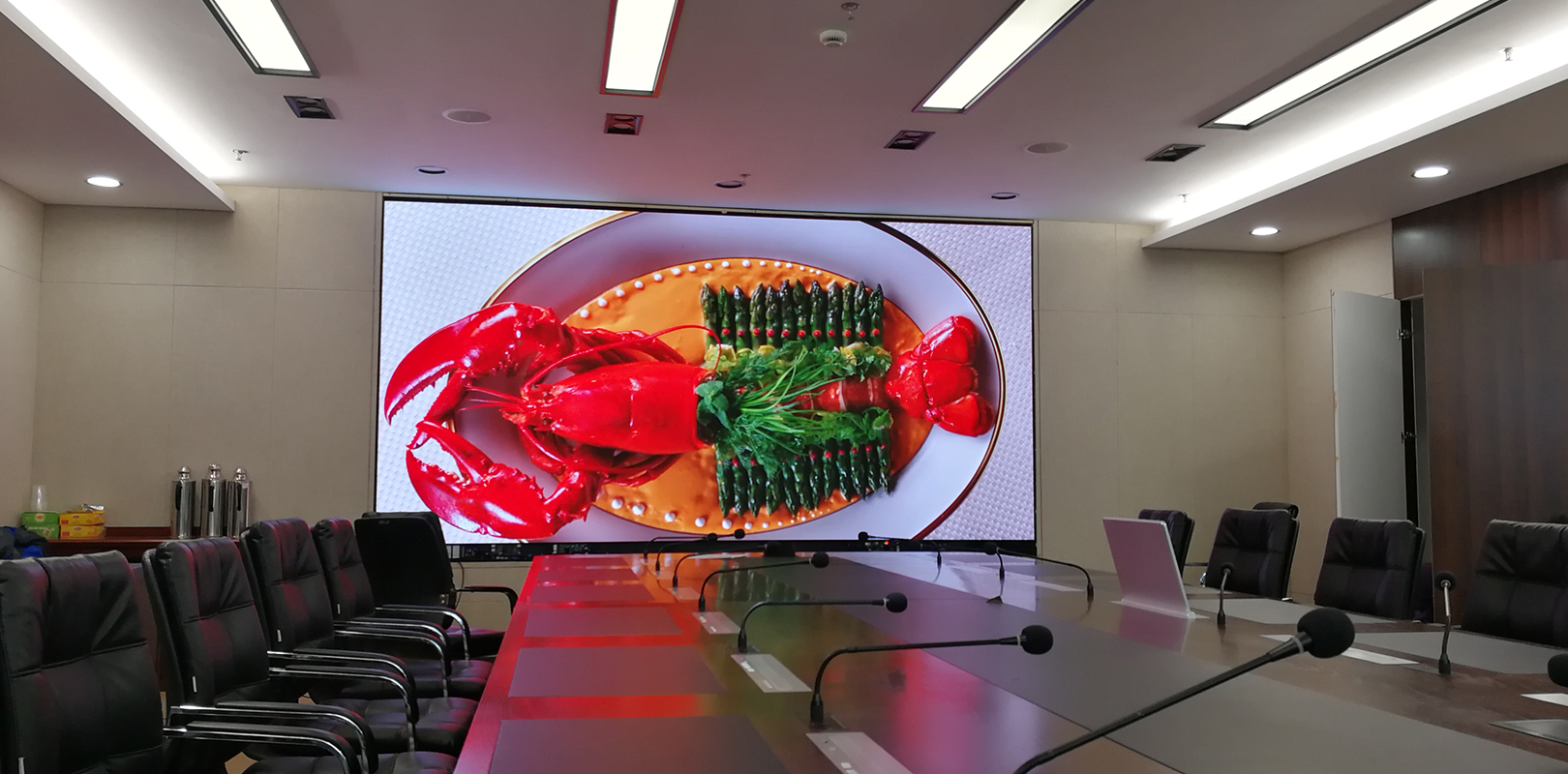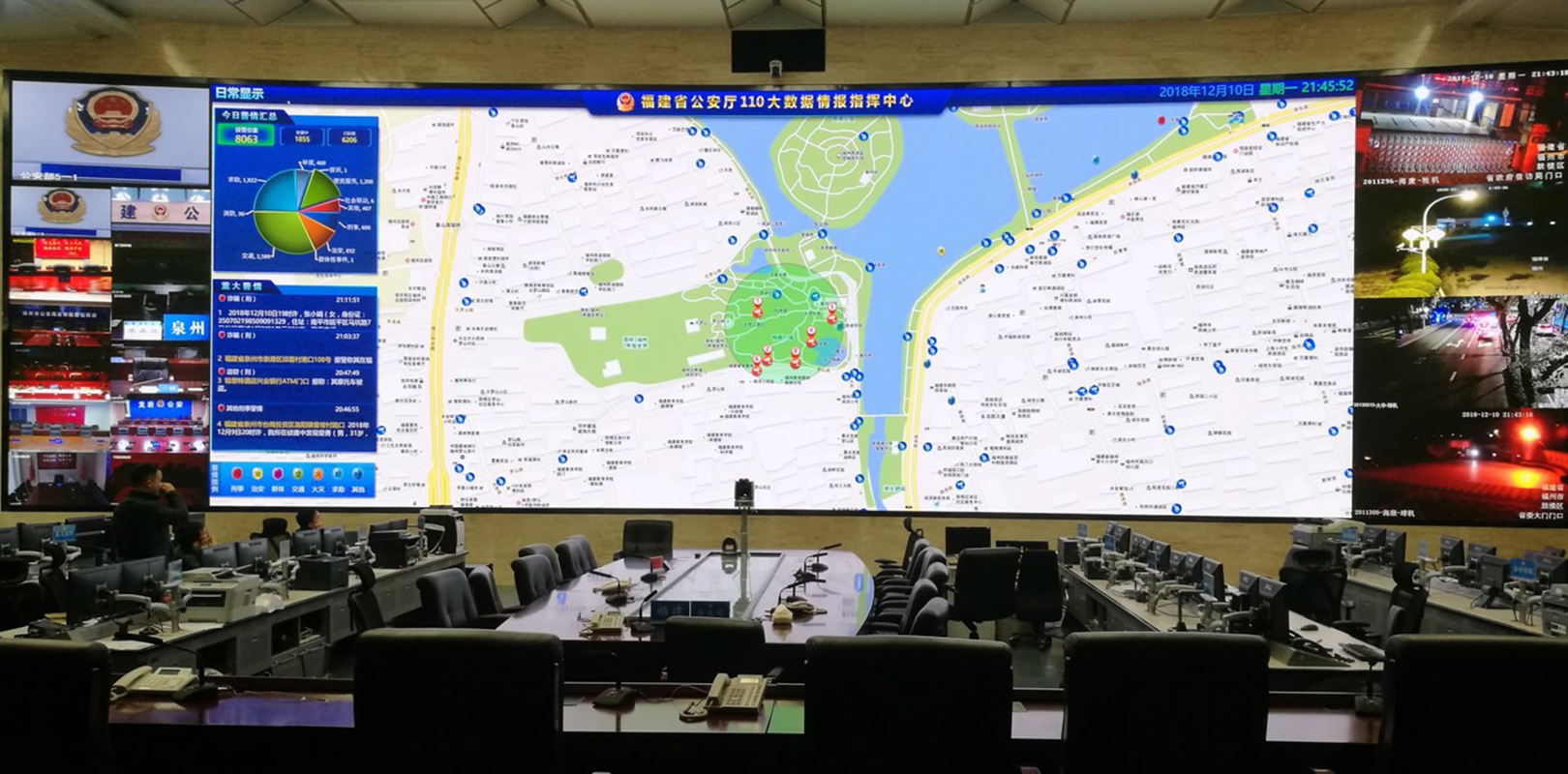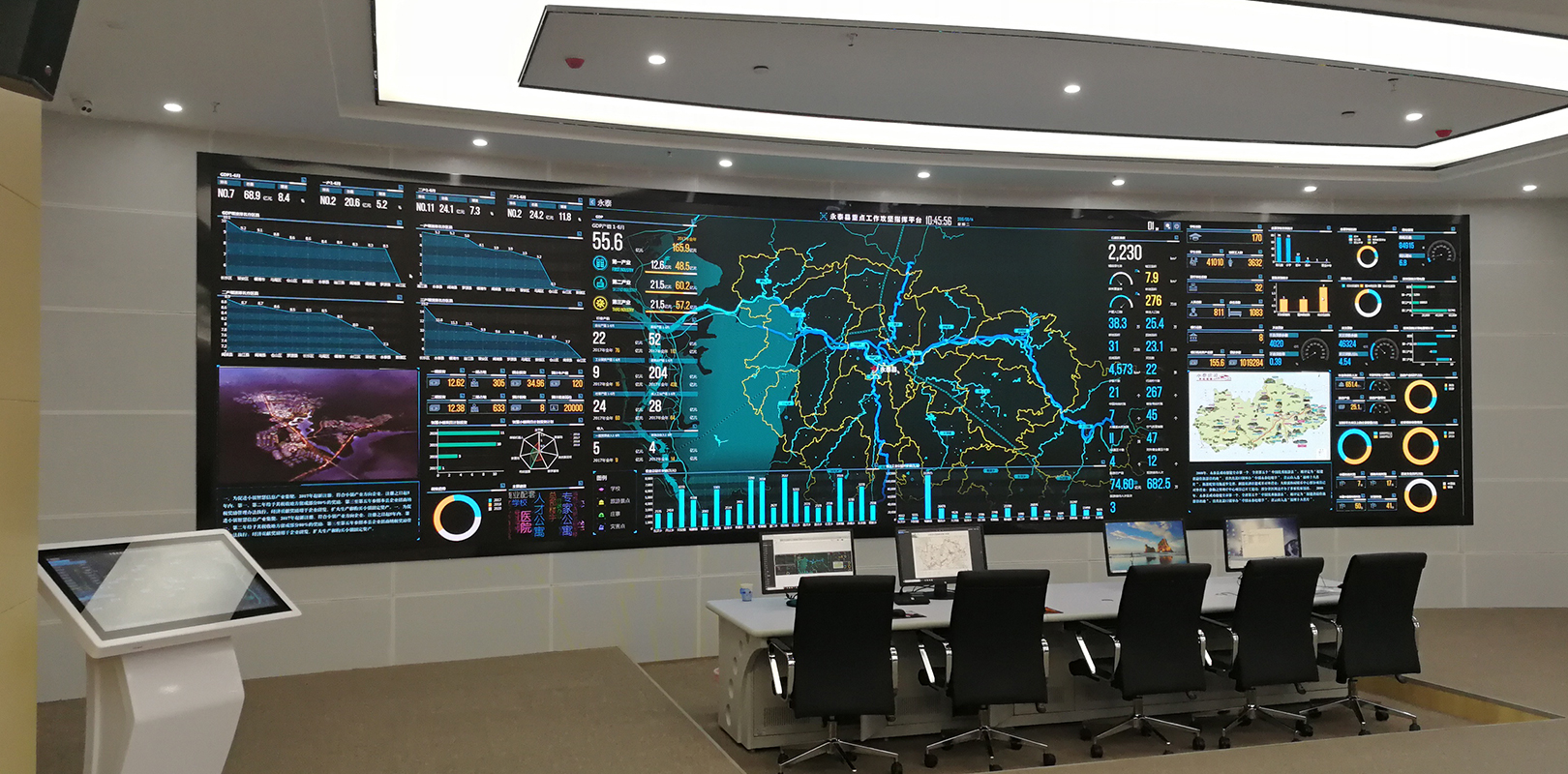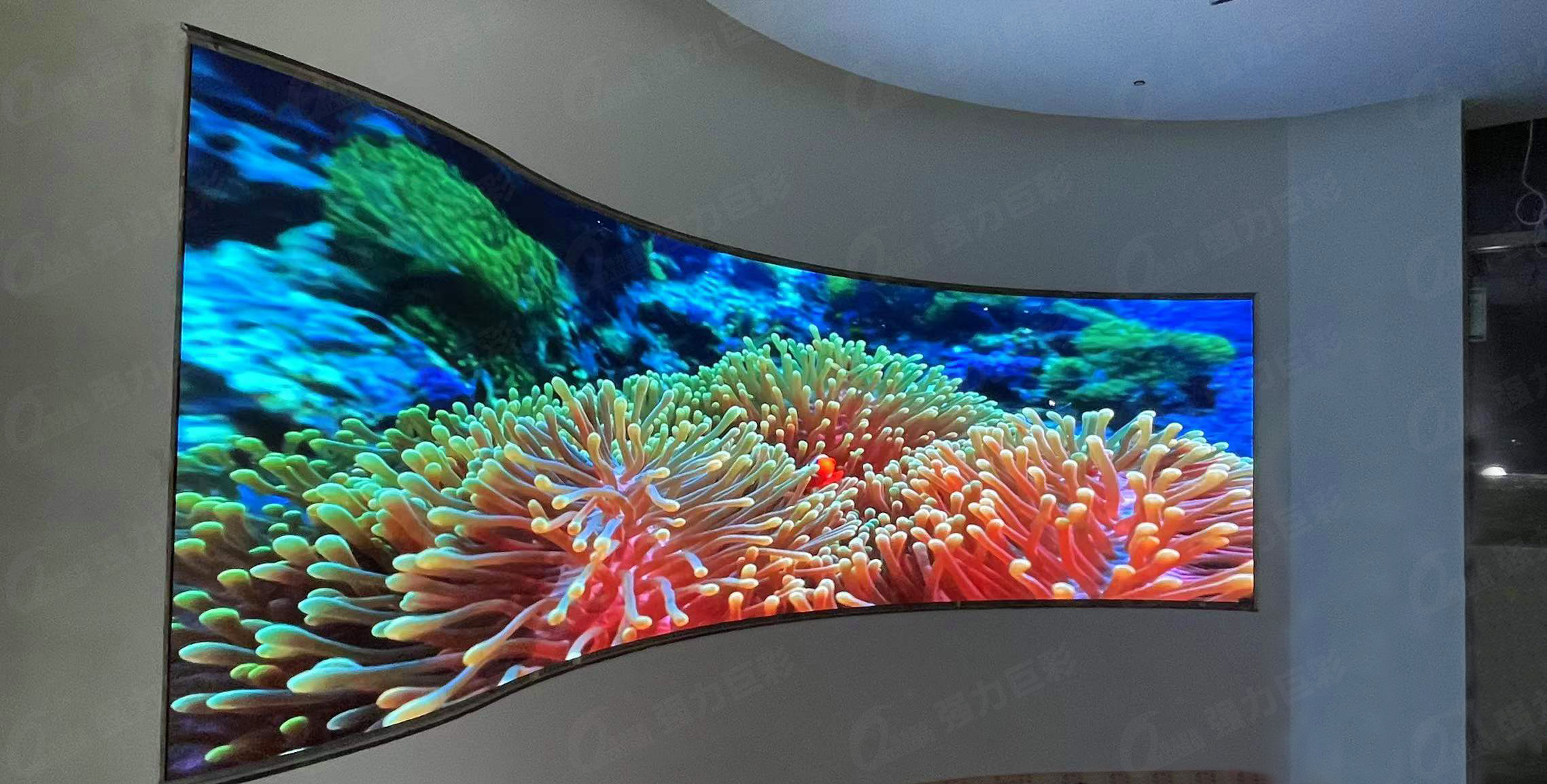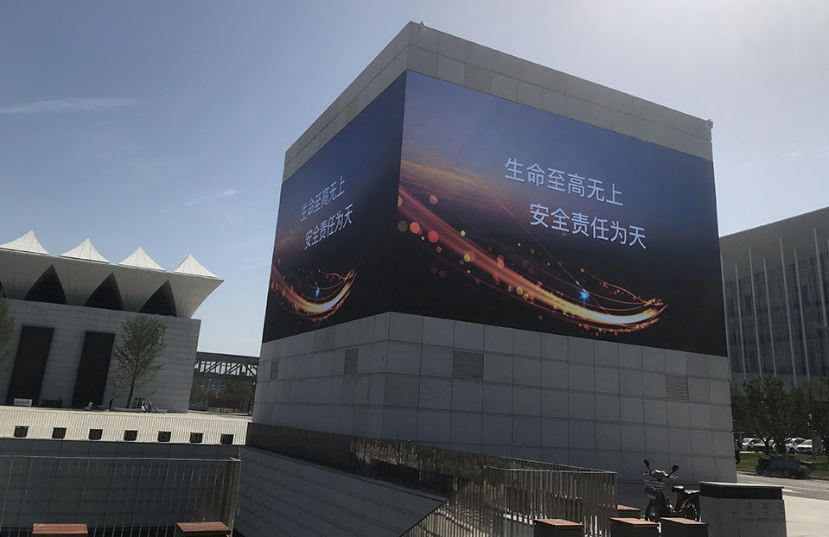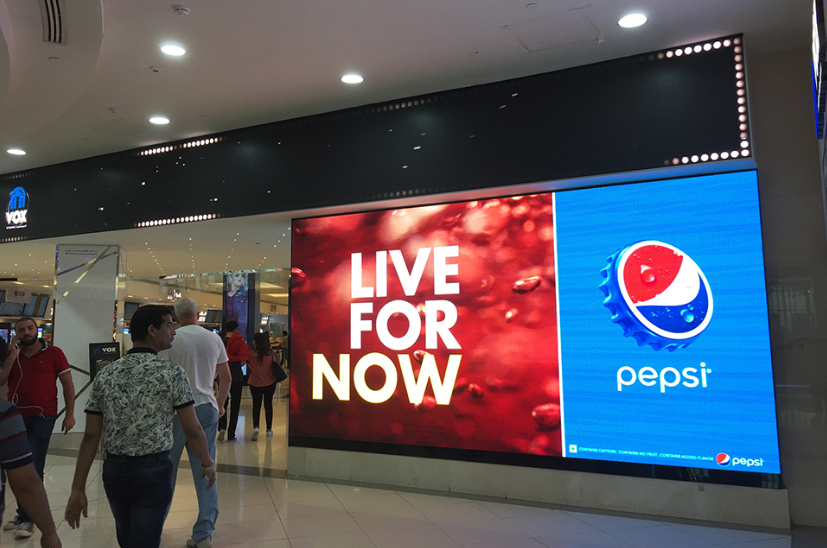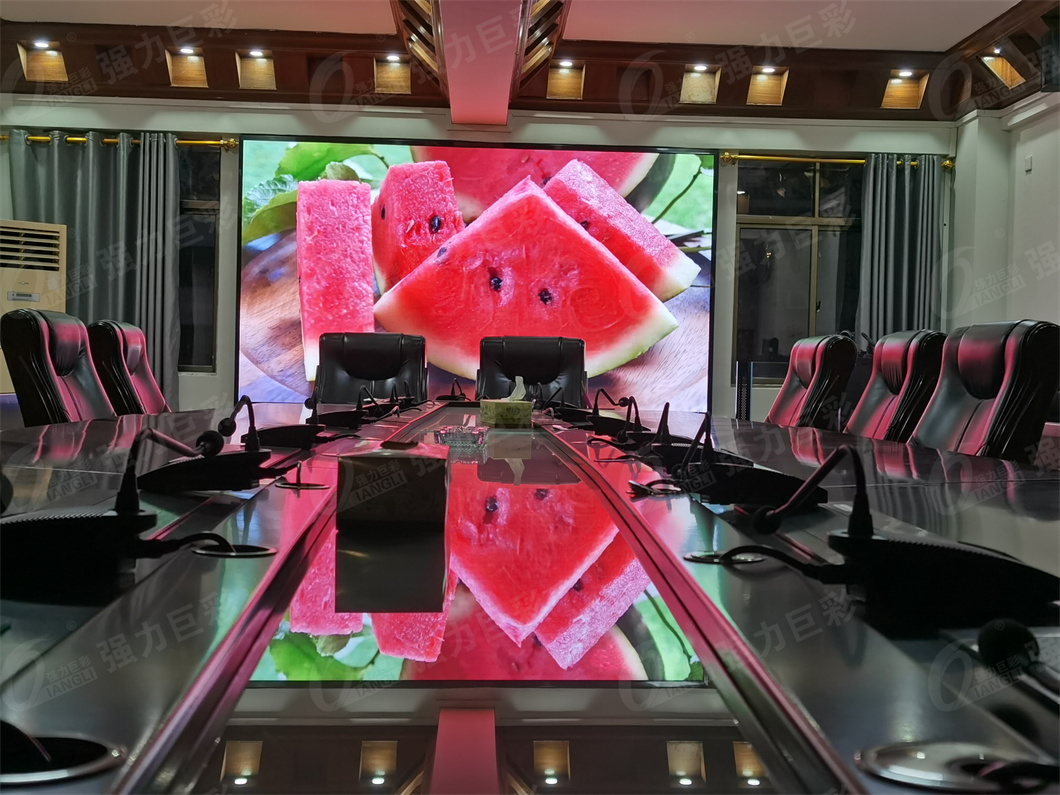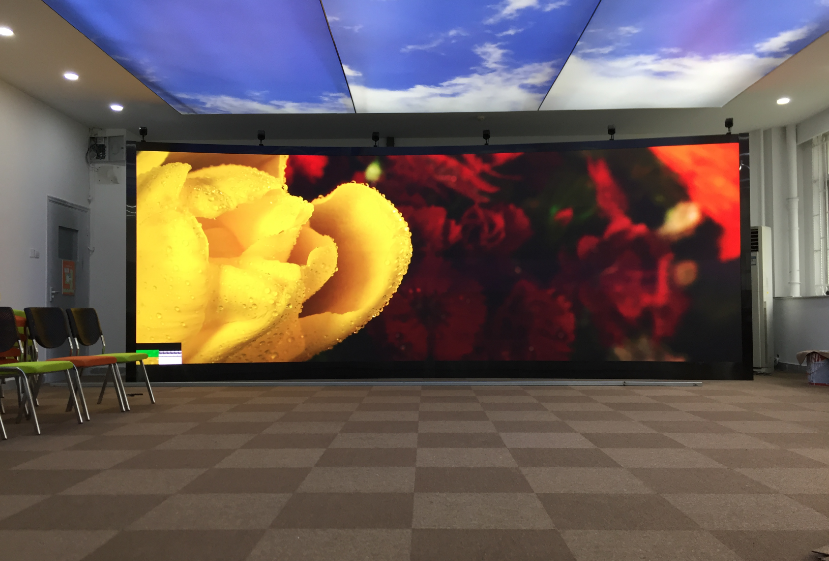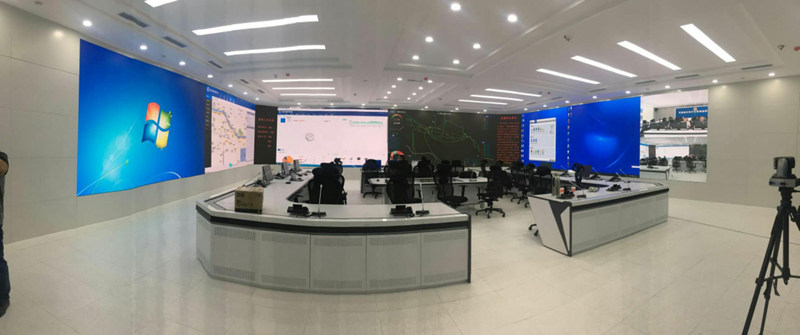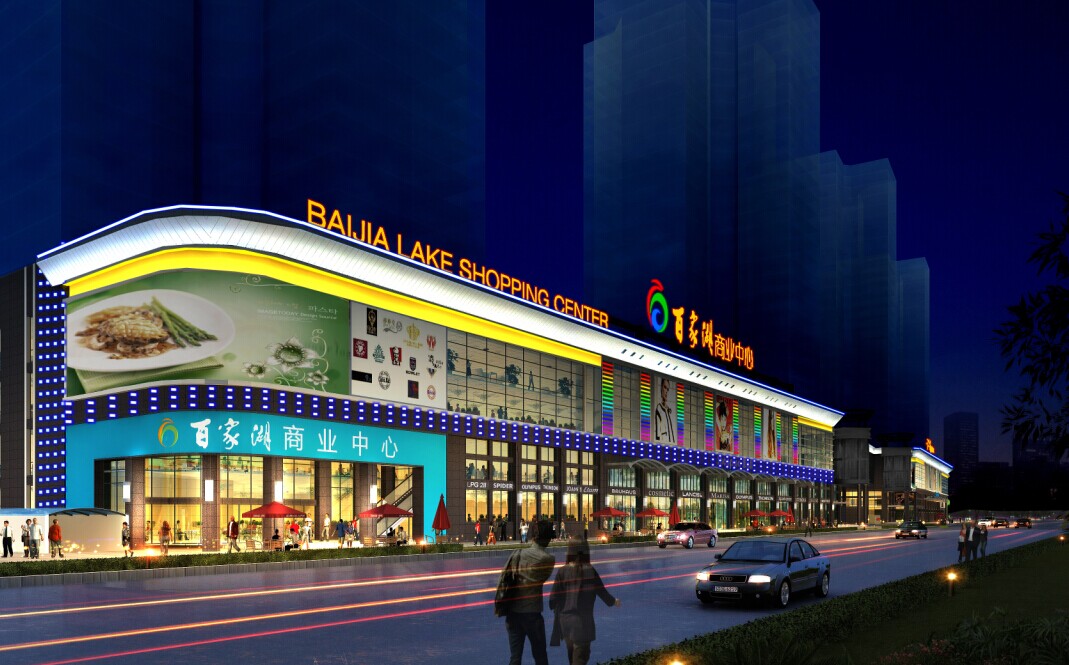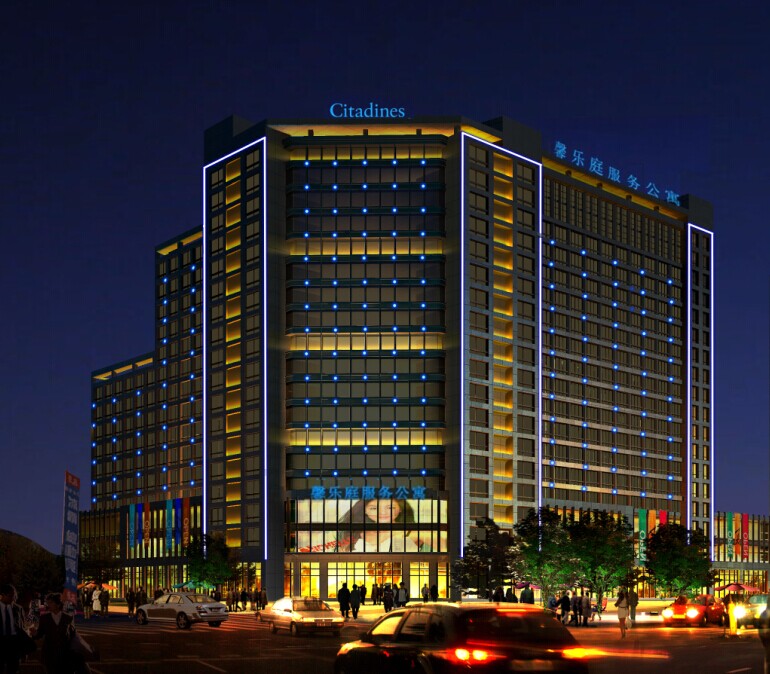
Engineering Case
Professional LED display products and lighting engineering system integrators
Overview
Hospital buildings include wards, outpatient clinics, medical technology and various medical service facilities, and the requirements for lighting are also different. Therefore, hospital lighting design must not only meet the requirements of medical technology, give full play to the functions of hospital medical equipment, and effectively serve medical services, but also consider creating a quiet and harmonious lighting environment for patients, which is beneficial to the treatment and rehabilitation of patients. Hospital lighting is extremely functional, clean and precise. When designing lighting, you should understand the nature of its work and lighting requirements, and adopt various measures to meet the requirements of various medical departments.
Hospital lighting design purpose
Color plays an important role in psychotherapy for patients. The clever combination of light source and architectural decoration and the rational use of natural light will help to create an atmosphere and environment that promotes the recovery of patients. And color is more important for medical staff, the light source should be able to truly reflect the skin color of the patient, and should also meet the requirements of surgery and treatment. Medical departments with different functions have different requirements for lighting. For departments such as diagnosis and treatment rooms, instrument examination rooms, operating rooms, and ICU (monitoring centers), the color rendering of the light source must be considered, and a light source with high color rendering should be selected.
Hospitals in different regions have different requirements for the color temperature of the light source. Hospitals in colder regions should use warm white (low color temperature) light sources, which can bring a warm feeling to the environment. Hospitals in tropical regions should use cool white (high color temperature) light sources, which can bring a cool feeling to the environment. Therefore, the visual environment is both a physiological and a psychological requirement, which must be judged before the correct lighting design can be carried out.
The lighting source should choose high efficiency and energy saving, high luminous efficiency and good color rendering. Most rooms and application places in the hospital should use thin tube diameter straight tube fluorescent lamps with high-quality electronic ballasts or energy-saving magnetic ballasts.
Attached table (reference value of illuminance related to hospital building lighting):
Excerpted from: National Architectural Lighting Design Standard of the People's Republic of China GB50034-2004
Table 5.2.6 Standard values of hospital building lighting
| room or place | Reference plane and its height | Illuminance standard value (Lx) | UGR | Ra |
| treatment room | 0.75 horizontal plane | 300 | 19 | 80 |
| laboratory | 0.75 horizontal plane | 500 | 19 | 80 |
| operating room | 0.75 horizontal plane | 750 | 19 | 90 |
| Clinic | 0.75 horizontal plane | 300 | 19 | 80 |
| Waiting room, registration hall | 0.75 horizontal plane | 200 | 22 | 80 |
| Ward | 地面 | 100 | 19 | 80 |
| nurse station | 0.75 horizontal plane | 300 | —— | 80 |
| pharmacy | 0.75 horizontal plane | 500 | 19 | 80 |
| ICU | 0.75 horizontal plane | 300 | 19 | 80 |
Lighting load level
| load class | Department name |
| Level 1 | Operating room, delivery room, blood bank, intensive care unit, CT diagnosis room, MRI diagnosis room, purification room of blood ward, hemodialysis room, emergency room, evacuation lighting and evacuation signs, etc. |
| Level 2 | General ward, outpatient clinic, x-ray department, treatment room, baby room and other auxiliary rooms: nutrition department, supply room, autopsy room, mortuary and laundry room and other auxiliary rooms: power distribution room, heating station, boiler room, Centralized oxygen supply station, etc. |
| Level 3 | Buildings other than first and second class |
1. Elements that must be considered in hospital lighting design
The following major elements must be considered:
·Architectural style and space requirements.
·The division of functional areas and floor heights of the space.
·Decorative style and main materials.
The lighting form and lighting parameters determined by the design.
·Technical parameters of main decorative materials, etc.
2. Lighting design guidance for key functional areas
Outpatient hall
The outpatient hall is the central area with the most frequent flow of people, and it is also connected to various functional places such as consulting rooms, corridors, stairs, laboratory and irradiation departments. How to design the lighting of the outpatient department to create a comfortable and efficient lighting environment directly affects the service level and brand image of the hospital.
Generally speaking, the hall lighting in the form of the atrium building should be mainly composed of gas discharge lamps, and the smooth transition between natural light and artificial lighting should be handled well to prevent the illumination of the corridors around the atrium from being too low and the gap between light and shade too large and causing visual discomfort.
The convenience of maintenance must be considered when installing lighting fixtures in hall spaces with little natural lighting. Small floodlights should be installed on the side walls of the hall corridor to facilitate adjustment of the angle and maintenance of the floodlights, so that the lights can illuminate the hall space softly and evenly. . To facilitate registration, charging, consultation and other medical work.
Consulting Room
The consultation room is the main functional area in the outpatient and emergency building of the hospital, and has very high requirements for space light (lighting close to natural light is the best). Because when a doctor diagnoses a patient, he must clearly see the abnormal and small changes in the patient's face, facial features and various parts of the body, and record the patient's medical records, prescribe prescriptions and laboratory tests. Therefore, the horizontal illuminance and vertical illuminance of the consultation room must meet the requirements of doctors' observation and writing, and the illuminance should generally be above 300lx. In addition, pay attention to the combination with natural lighting in the design of lighting.
The treatment room uses cool tones and light sources with a color rendering index equal to or higher than 80 to facilitate concentration and concentration. In addition, considering that the patient may lie on his back on the bed, the design should avoid direct glare in the visual field of the patient lying on the back.
operating room
The operating room is the place that reflects the highest level of medical technology in the hospital, and its requirements for lighting are extremely strict. In addition to considering factors in lighting design, the overall cleanliness of lamps is very high. If the local lighting of the operation must meet the requirements of shadowless and clean and sterile, a surgical shadowless lamp with a claw-shaped structure should be selected. In terms of installation method, it is generally required to install a clean sterile lamp embedded in the ceiling, and to be equipped with an emergency lighting lamp. It is also necessary to note that the operating room is not equipped with ultraviolet germicidal lamps.
Ward lighting
The general lighting of the ward should mainly consider the patient and the requirements of the medical staff, so as to create a quiet and warm light environment. According to the "Architectural Lighting Design Standards" GB50034-2004, the illumination standard in the ward is 100lx, the color temperature of the light source is less than 3000k, and low color temperature fluorescent lamps are generally selected. For ordinary wards, fluorescent lamps or lamps with embedded ceilings should be used to prevent glare from causing discomfort to bedridden patients. For some high-end wards, reflective lighting can be used, although the effect is very good, but the investment is large and the operating cost is high.
waiting room
The waiting area is the area where patients stay the longest during the treatment process, and it is also one of the most important areas to reflect the service level of the hospital. direct association.
Online Message
If you are interested in us, welcome your message, we will reply you in time!
contact us

Scan it
Follow us
Copyright © 2021 Nanjing Tansuo Optoelectronics Co., Ltd. All rights reserved Powered by: www.300.cn | 苏ICP备07006102号-1
 Message
Message Contact
Contact Chinese
Chinese





